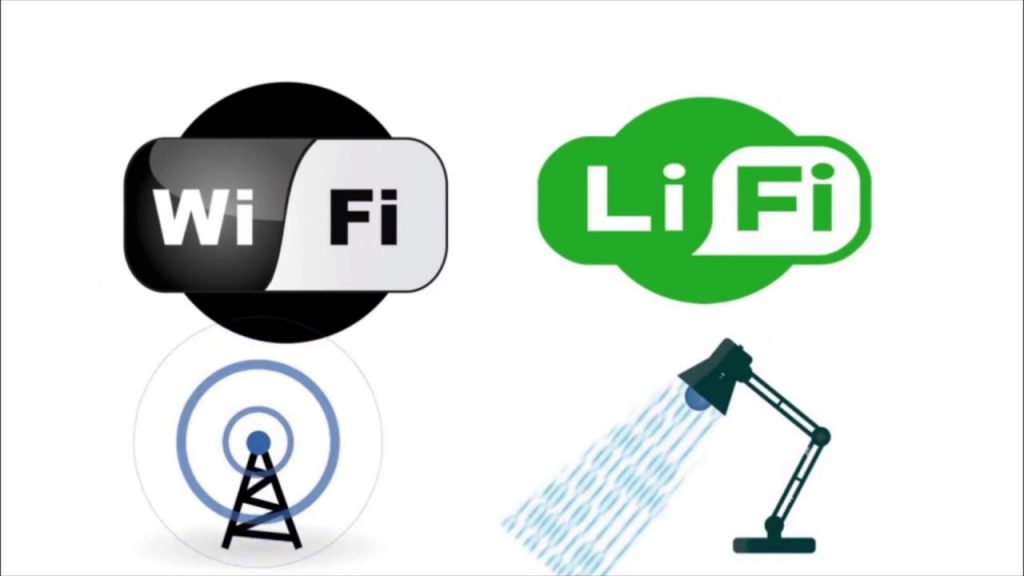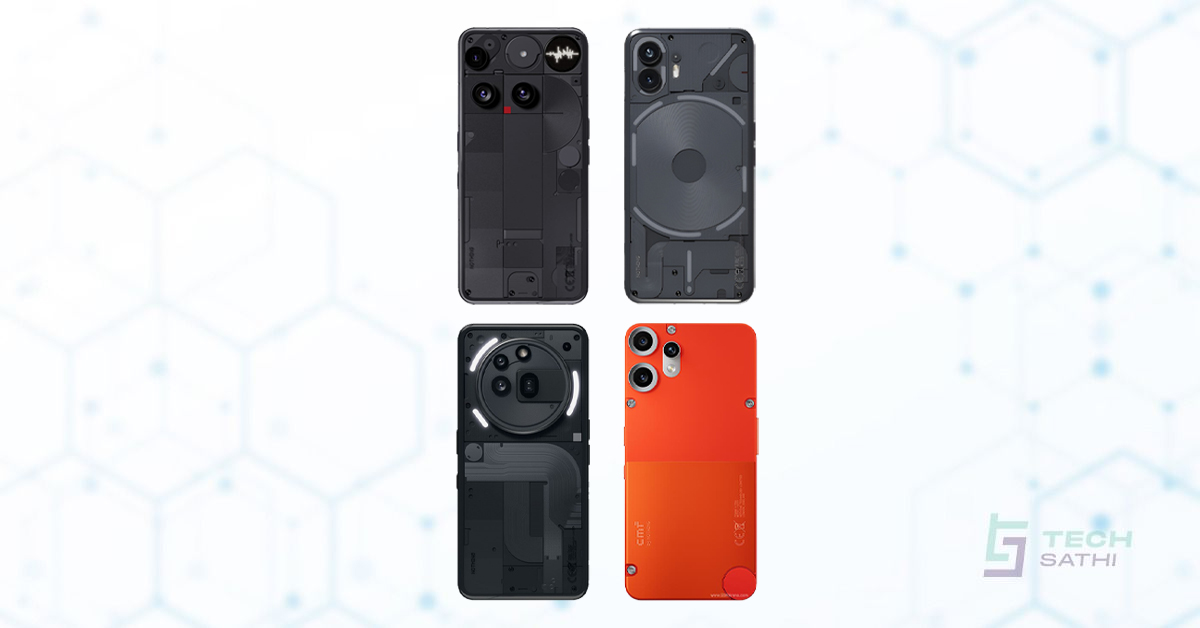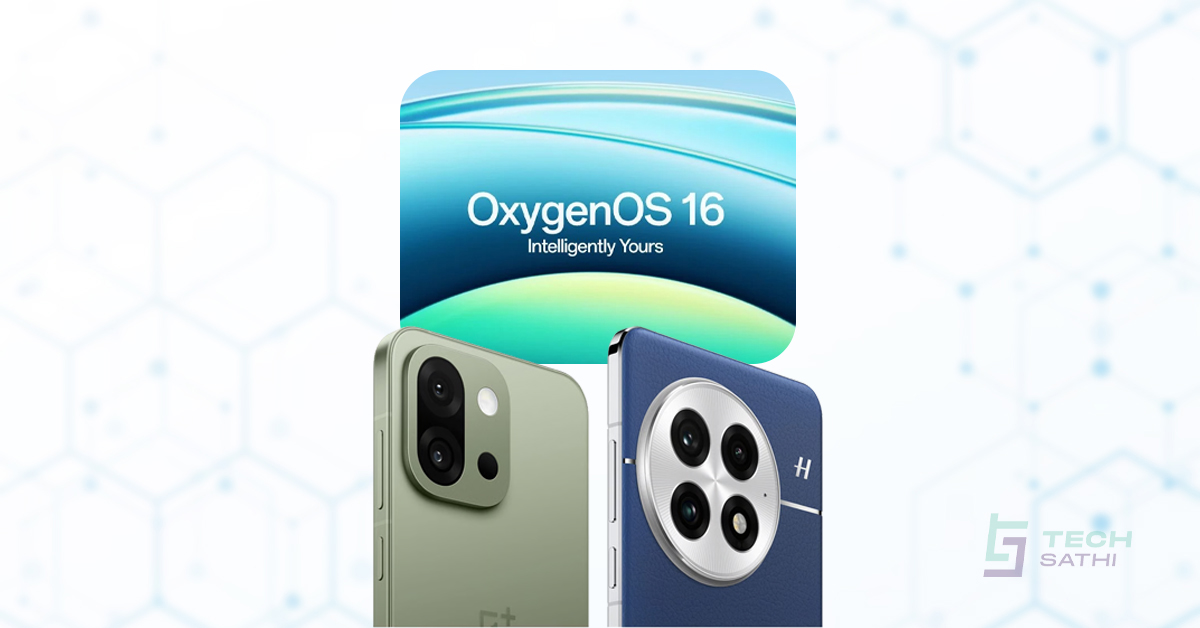Researchers are continuously innovating to make communication faster smoother and cost-effective. In the mobile communication segment, 5G is in the adoption phase and 6G is still in the development phase. In the current scenario, Li-Fi has gained popularity over recent times. in this article, we’ll talk about what is Li-Fi and its benefits over Wi-Fi.
What is Li-Fi
Li-Fi, an abbreviated form of light fidelity is a similar technology to WiFi but it uses light for data transmission instead of radio waves. Due to the use of visible light communication technology (VLC), it can be up to 100 times than the traditional WiFi. The use of solid-state lighting similar to LED bulbs enhances the data transmission that much faster. As the visible light spectrum is 10,000 times larger than the entire radio spectrum. Li-Fi has a wider range of available frequencies.
Benefits of Li-Fi over wi-fi
Li-Fi holds some key benefits over traditional WiFi. Some of the benefits are:
Security
LiFi uses a visible light spectrum. It cannot pass through optically opaque objects like walls which prevent unauthorized access. The present WiFi could be accessed from beyond walls which makes it vulnerable to unauthorized access.
Speed
LiFi provides speeds around 100 times faster than currently achievable speeds in WiFi. Faster communication would result in better service quality and better communication.
Availability
Due to the use of LED bulbs, this technology can be made available everywhere by replacing traditional LED bulbs with compatible bulbs. It makes the latest telecommunication more accessible anywhere and everywhere.
Non Interference
Since LiFi travels through light, there is less chance of interference. Due to the non Interference nature of Li-Fi, it can also be used in radio frequency sensitive areas too like airplanes, medical research centers,s, and underground mining.
Although Light fidelity technology seems too good to replace the traditional WiFi. Actually, both technologies have different usage environments. WiFi can be used for a wider area than Li-Fi but it provides security and strength.






